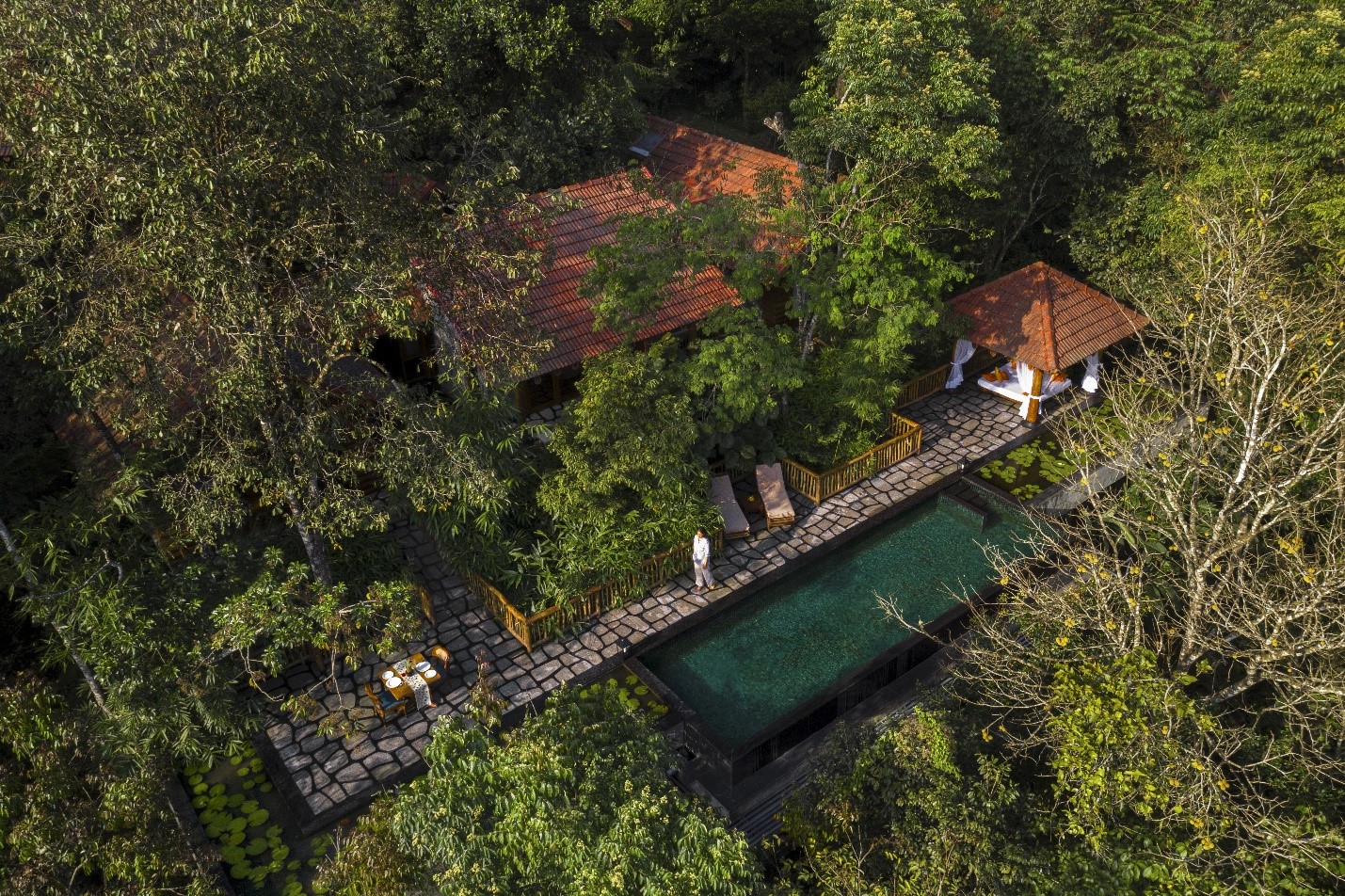Never like before, there is now a need for balance in living and a longing to reconnect with Nature. High population density and pressure on land have led to rapid urbanization—the Earth’s natural recharging capacity has been rendered ineffective in most current urban settings that we inhabit today. In such urban environments, the basics of “living” such as clean air, adequate water, waking up to birdsong, the joy of tasting fruit fresh off the tree, or even the ability to experience a quiet moment have started to become a scarcity. Even the birds and bees have begun to leave us. Slowly but steadily, this very urban-centric lifestyle has led most humans to have living experiences that are substandard not only for us, but also for the natural world around us.
With the advent of ultra-high-speed internet, the ability to work from anywhere in the world and easy access to convenience in remote locations, we can live and work from anywhere in the world as opposed to our current urban settings. Today, after the pandemic, we witness a drastic transformation in how we experience living—an uncompromising need for a balanced relationship between people, built space and Nature. We are questioning ourselves—are we experiencing life in its abundance? Are we “living” to the fullest?
The demand for experiencing “life in abundance” in non-urban habitats is a clear indicator of metamorphosis in living and dwellings best explained. The future of living is based on the ideology of “Reverse Urbanization” or going back to Nature—a sensitive and sensible shift that will undeniably drive lifestyle trends. Aligning with the trend, one’s approach to living can reestablish the experience of connecting with oneself and the natural environment—a relationship that our modern, urban-centric lifestyle has damaged.
Environmental responsibility aids ‘life in abundance’
Our approach towards the environment can change how we live—by bringing the essence of the wilderness into every square foot of the space inhabited. In order to facilitate natural life, it is significant to focus on employing techniques that lead to a sustainable lifestyle—embracing the existing nature of the site, context, native trees, organic vegetable gardens, and endangered birds, measures to absorb heat during the day and release it at night that cut down on heating and cooling costs, and usage of native and natural materials. Also, reducing the pressure on the land through rain-water harvesting and composting measures can lead to zero-waste homes. Here, the Earth’s natural recharging capacity is positive rather than equal. This way, we give back to the planet instead of taking from it.
The Nature Connect
There is a need to create a strong balance between people, spaces and Nature. This can be approached by demonstrating slow living in harmony with native birds and trees, zero noise, light and air pollution, all while being considerate of the proximity to basic conveniences of a town, be it restaurants or the high-speed internet. Importantly, enhancing the land’s natural terrain, leaving existing boulders, trees and other natural features on the site completely undisturbed goes a long way. In other words, when a building comes in the way of a tree or boulder, the design is altered to go around the existing structure and accommodate it to be a part of the natural design; hence the magical experience of a tree right within the residence.
No fully grown trees are cut on the site; trees used in construction could be responsibly sourced from managed plantations/mills where replanting and conservation efforts are in place, along with reclaimed wood and wood from fallen trees. As a renewable resource, wood has a lower carbon footprint than other modern construction materials. With respect to the building mass, stone walls are more sustainable and last longer, when compared to concrete.
Early bird to ‘Reverse Urbanization’
We often find such lush green regions home to a large number of endemic birds that becomes a part of living. The introduction of prolific fruit trees and birdbaths—flower ponds surrounding water bodies can also invite them to coexist with humans. With the break of dawn, the harmonies of chirping add vibrance and joy to the serenity that can turn anyone into a bird enthusiast!
In the future, the ideology of “Reverse Urbanization” will lead to environmentally responsible investments—living in the wilderness with such nuance and pampering creates a new definition of luxury away from the hectic city life. The future of living is going back to Nature!
George E. Ramapuram is Managing Director & Principal Architect, Earthitects, Bengaluru.























